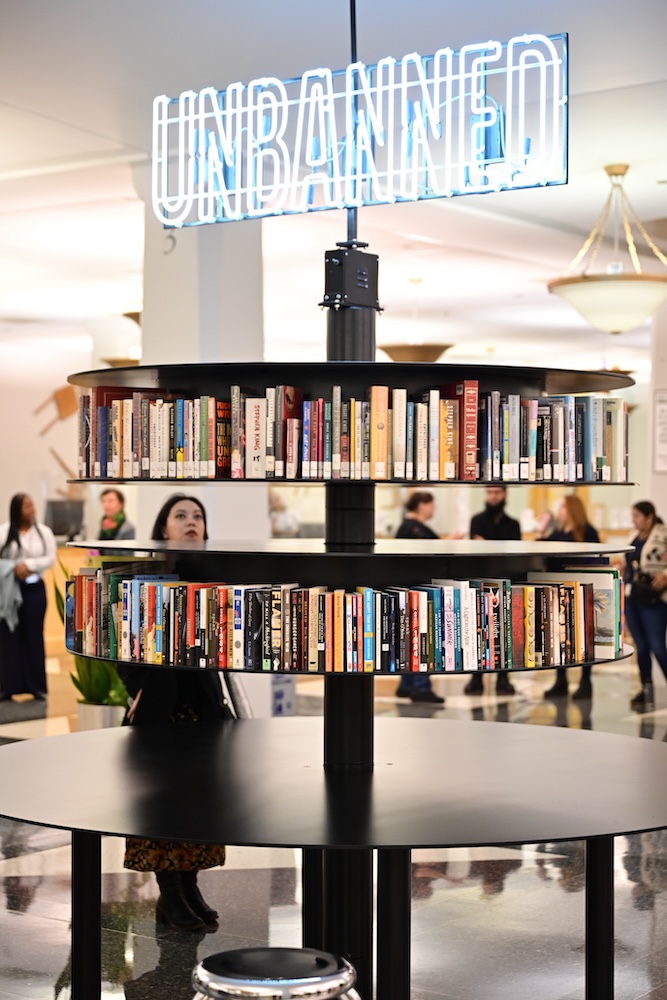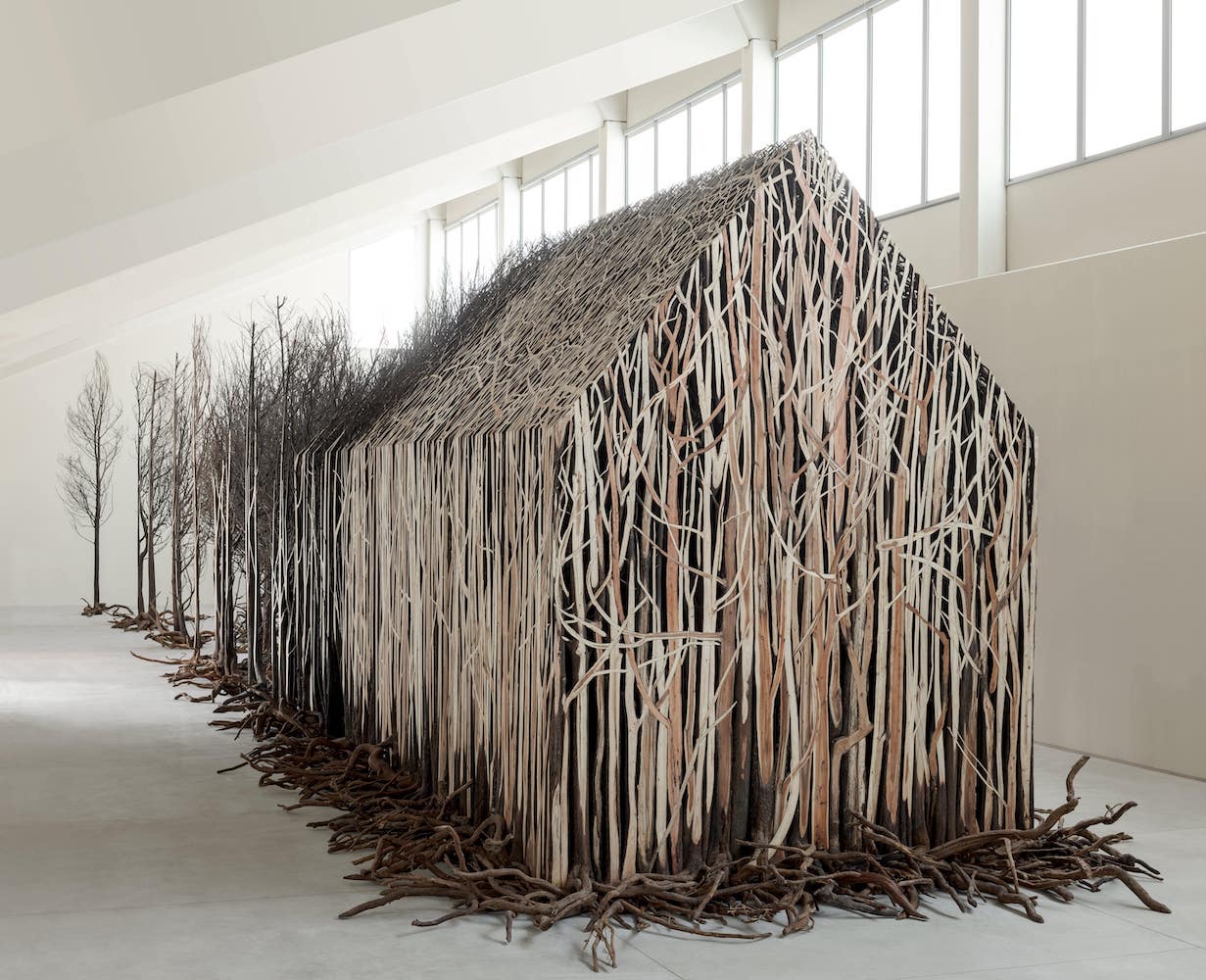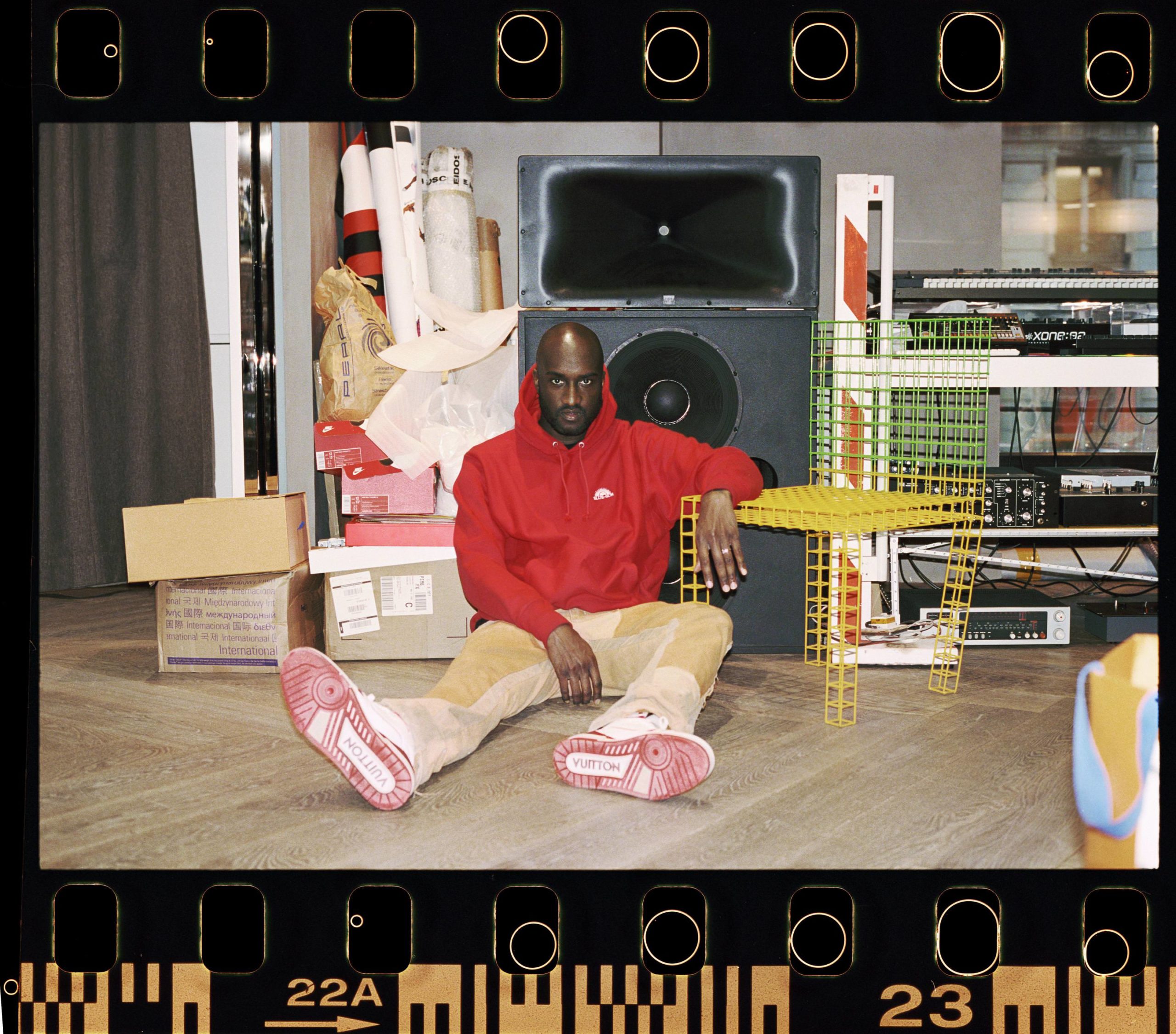For the fall 2016 issue of Whitewall, we sat down with the James W. Alsdorf Chief Curator at the Museum of Contemporary Art in Chicago, Michael Darling. On view at the time, was the fantastic Kerry James Marshall exhibition, “Mastry,” a version of which is now on view at The Met Breuer in New York. The show in Chicago clocked in at the fifth highest attended for the museum.
We spoke with Darling about his role as chief curator, the curatorial team he has built up around him, the upcoming “Riot Grrrls” exhibition that opens this December, and next year’s planned blockbuster Takashi Murakami exhibition.
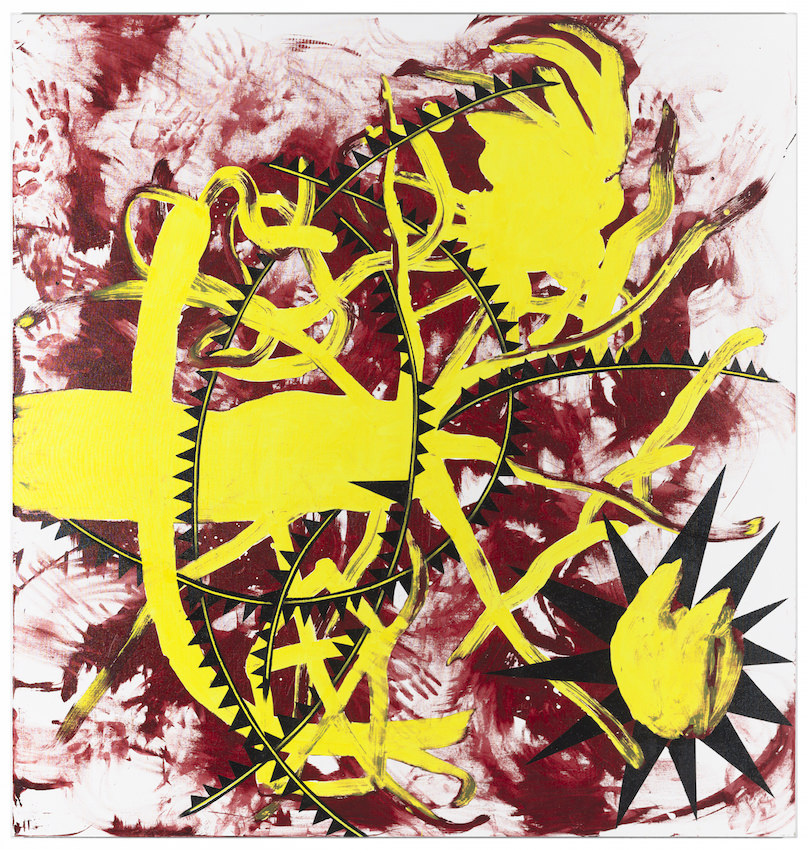
Charline von Heyl
Alastor
2008
© 2008 Charline von Heyl
Photo: Nathan Keay
© MCA Chicago
WHITEWALL: When you came to the MCA in 2010, did you have any specific goals in mind, in terms of filling gaps in the collection or new kinds of programming?
MICHAEL DARLING: I wanted to try to build a reputation in a few different areas. It felt like the MCA was vital, it had its role, but it was hard to say that we were known for doing this or that. So I was really excited about stringing together a whole bunch of emerging artist solo shows over time, which we’ve been doing on the second floor. And after two or three years of doing those, we’ve created a niche for ourselves and reoriented the museum back to a steady commitment to younger artists, career-wise.
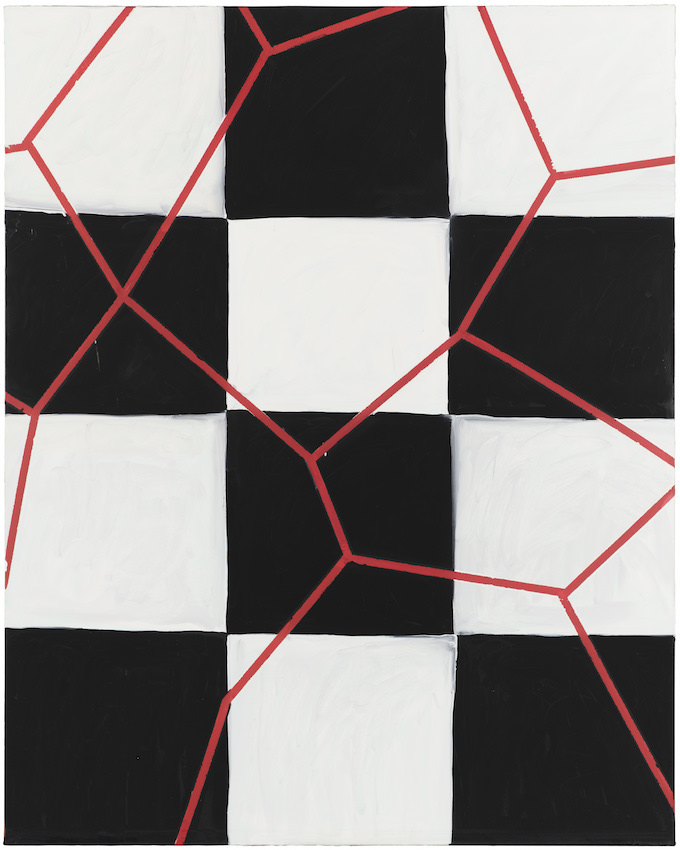
Mary Heilmann
Metropolitan
1999
© 1999 Mary Heilmann
Photo: Nathan Keay
© MCA Chicago
I’m a bit more inclined toward underdogs and problems with how history has been written and who is written out of history. Female artists have traditionally been left behind in so many ways, and it’s a place in the art world that needs correction. So making sure we have a really strong focus on female artists has been important and goes back to shows we did with Isa Genzken, Doris Salcedo, and we have Diana Thater [October 29, 2016–January 8, 2017]. We are definitely always on the lookout to make sure that we are keeping gender in check. And even if it swings more toward female artists, I think it would be high time to do that because there are so many great stories there that need to be told.
WW: Which is something you’ll get to tell in terms of painting in the show later this year, “Riot Grrrls” [December 17, 2016–June 4, 2017], with works by Mary Heilmann, Judy Ledgerwood, Amy Feldman, and Joyce Pensanto.
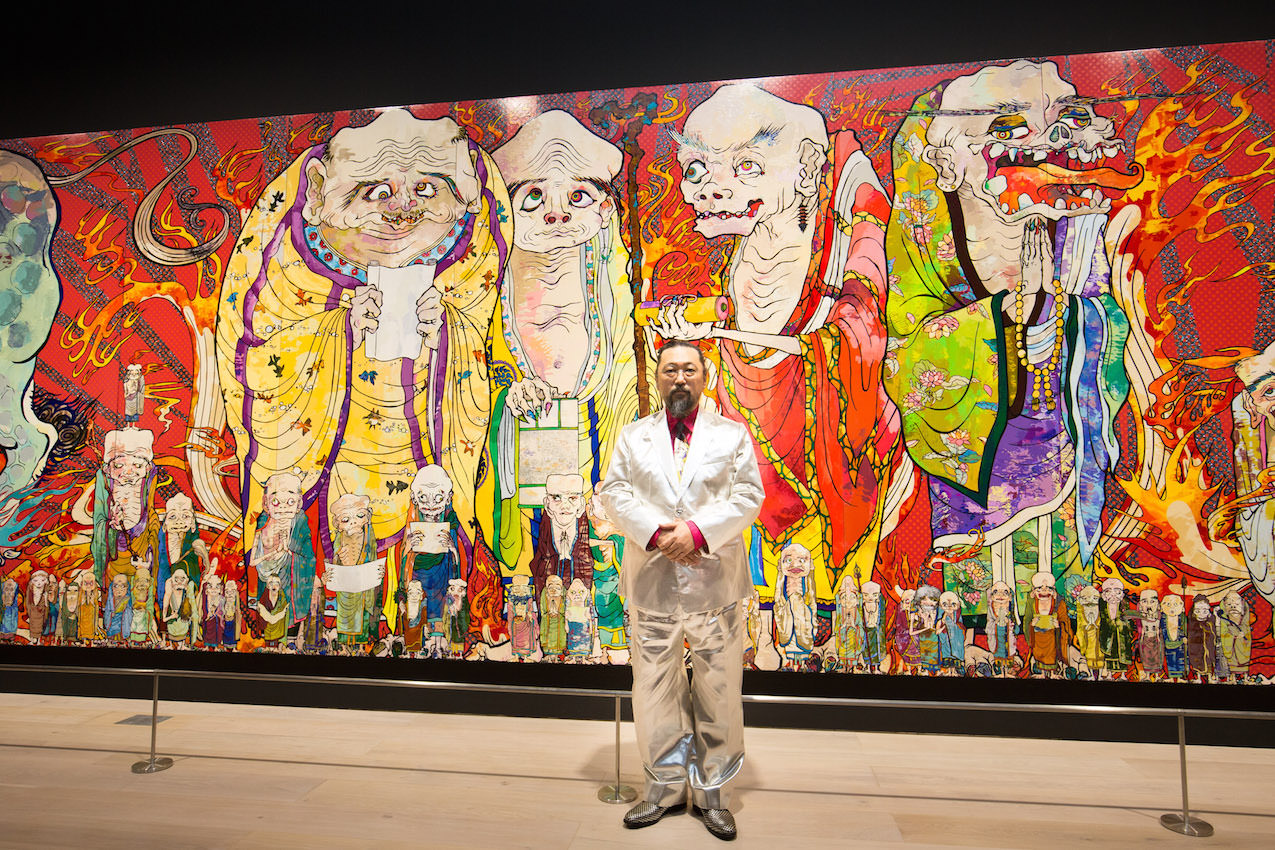
Photo by Tayama Tatsuyuki
Courtesy of Mori Art Museum, Tokyo
Artwork: ©2012-2015 Takashi Murakami/Kaikai Kiki Co., Ltd. All Rights Reserved.
MD: There have just been so many great female painters, and we have limited funds and their work is cheap in comparison to so many of their male counterparts, so I’ve been telling our collection committee we need to buy a Mary Heilmann . . . that is being strategic with the collection. It’s definitely an area where in trying to bring the story that our collection tells up to the present date, it needs to be more internationalized; it needs to have more female artists.
It’s still a real problem, and I think an area where we feel like we can really lead. And in some ways, it’s not just leading our public and educating them on these great artists, but even leading our collectors in a new direction. I think we can help change and lead the market and counter some of the narratives that are coming out of the market with our shows, with our acquisitions. We’re kind of competitive in that way. We can use our museum as a bully pulpit to argue for some of these alternate stories.
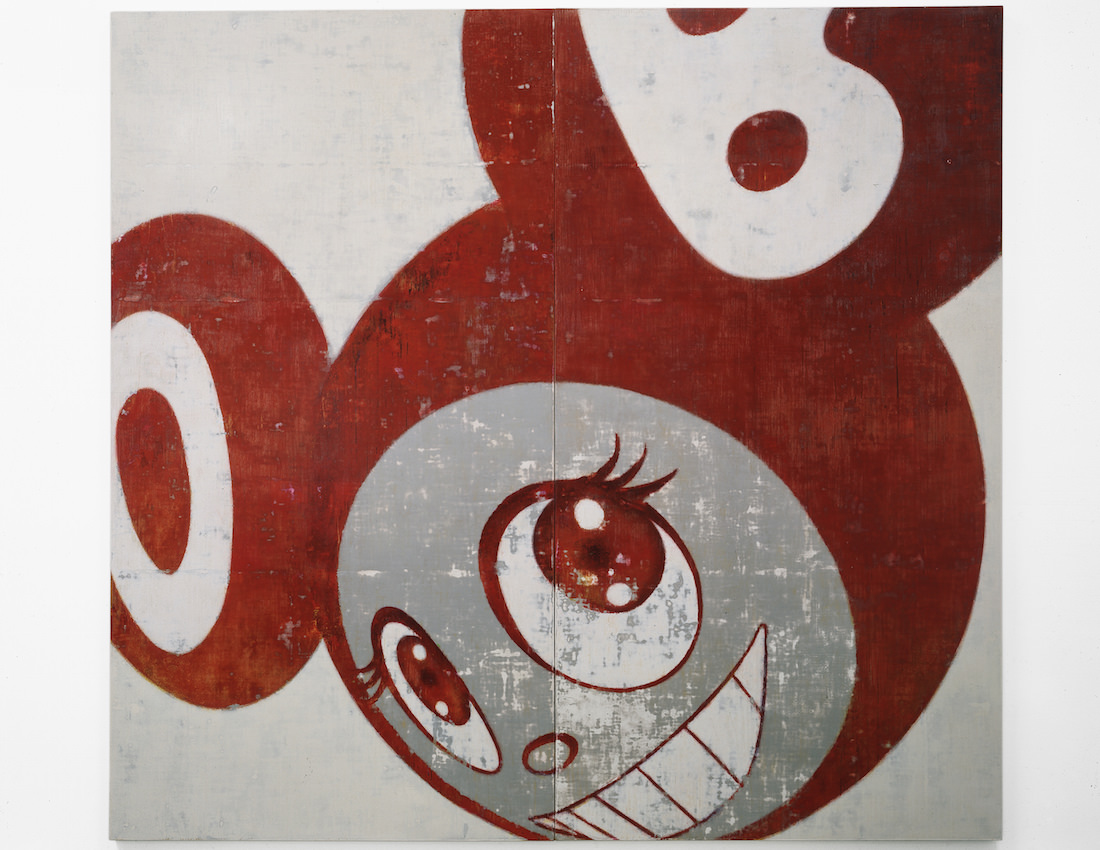
Takashi Murakami
And Then, And Then And Then And Then And Then (Red)
1996-1997
Courtesy of Blum & Poe, Los Angeles/New York/Tokyo
©1996-1997 Takashi Murakami/Kaikai Kiki Co., Ltd. All Rights Reserved
WW: And your team of curators this year has seen some new additions, which seems to be aimed at telling different stories, as well, with Manilow Senior Curator Omar Kholief and Pamela Alper Associate Curator José Esparza. What were you looking for with the new additions to your team?
MD: My decisions on the team have really been guided by trying to diversify and not bringing people in that have the same ideas and interests that I do, so that we can build this broader network of minds that really look all over the world from different viewpoints. It was about stretching beyond Western Europe and North America, because that’s traditionally been our strength historically. Omar brings this whole knowledge of the Middle East and North Africa, which is an untapped territory for American audiences. We’ve been really interested in Latin America for a while—we’ve done shows and bought works—but that’s also an area that is so rich and needs to be understood better. So we’re continuing to program in that area, which is one reason we brought in José Esparza from Mexico City. And Naomi Beckwith continues to do amazing work. She’s just about to hit her fifth-year anniversary.
And then our performance programs have really been a focus. Together we start to cover a lot of ground, and I think that’s really what I was after, something where we can start to suggest a bigger broader new history of art.
WW: Performance is something you don’t seem to shy away from, from the stage to exhibitions like “David Bowie Is” in 2014 and “The Freedom Principle” in 2015.
MD: Yes, and we’re presenting a Merce Cunningham show next spring, which is interesting to us because it has dance, music, fashion, art, looking at a bigger picture of contemporary creativity. It feels so MCA to present something like that.
WW: And in 2017 you’ll do a big retrospective of Takashi Murakami. Can you tell us a bit more about that?
MD: That goes back to the longstanding friendship that I’ve had with him since the early 2000s when I did a show with him called “Superflat” in L.A. [at LA MOCA in 2001] that traveled. I’ve been in touch with him ever since then and have always been a big fan of his work, but I’ve always been frustrated with the reception of his work within the art world. It seems to me like he’s been misunderstood and characterized as superficial and flashy, and I think that there’s so much more depth to his work. I’ve wanted to do a corrective exhibition. One idea I came up with was to primarily focus on his paintings and show the evolution of his painting through the years and how much tradition and history is embedded in his practice.




